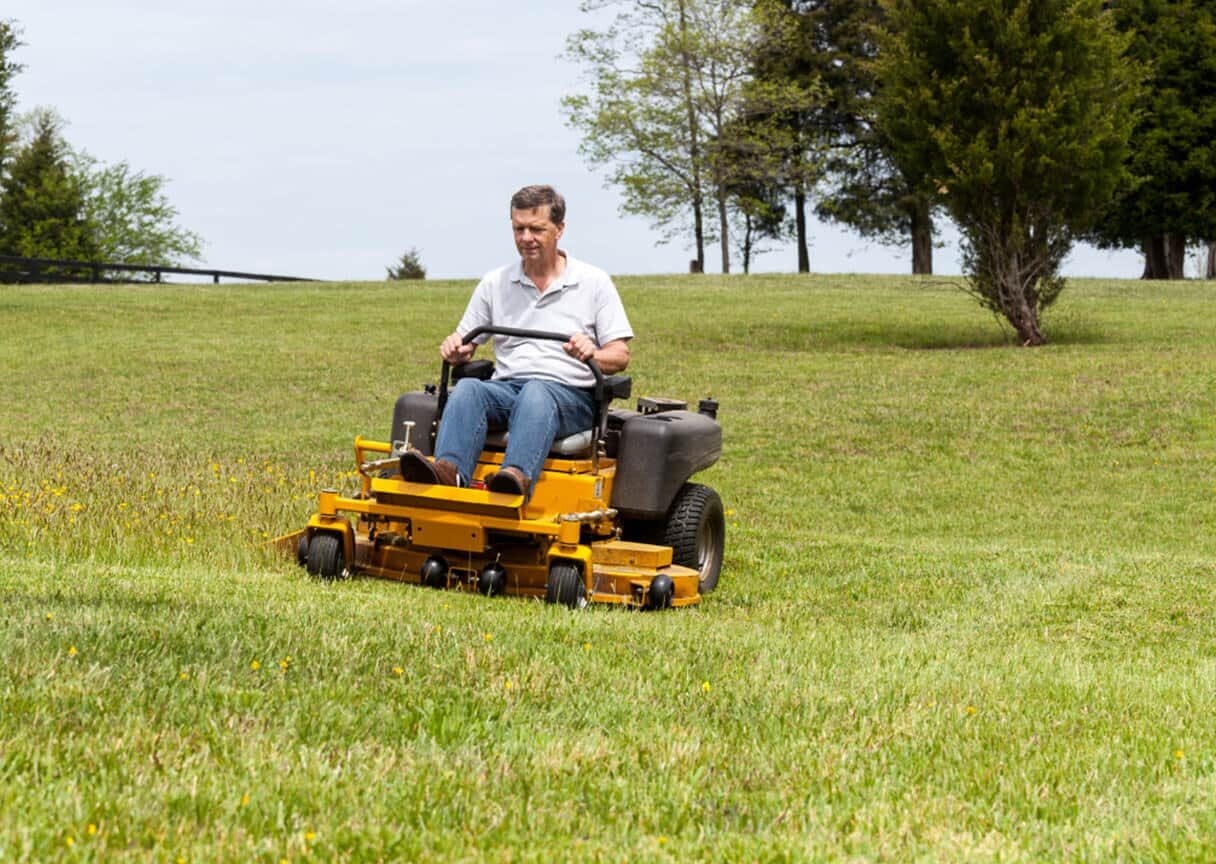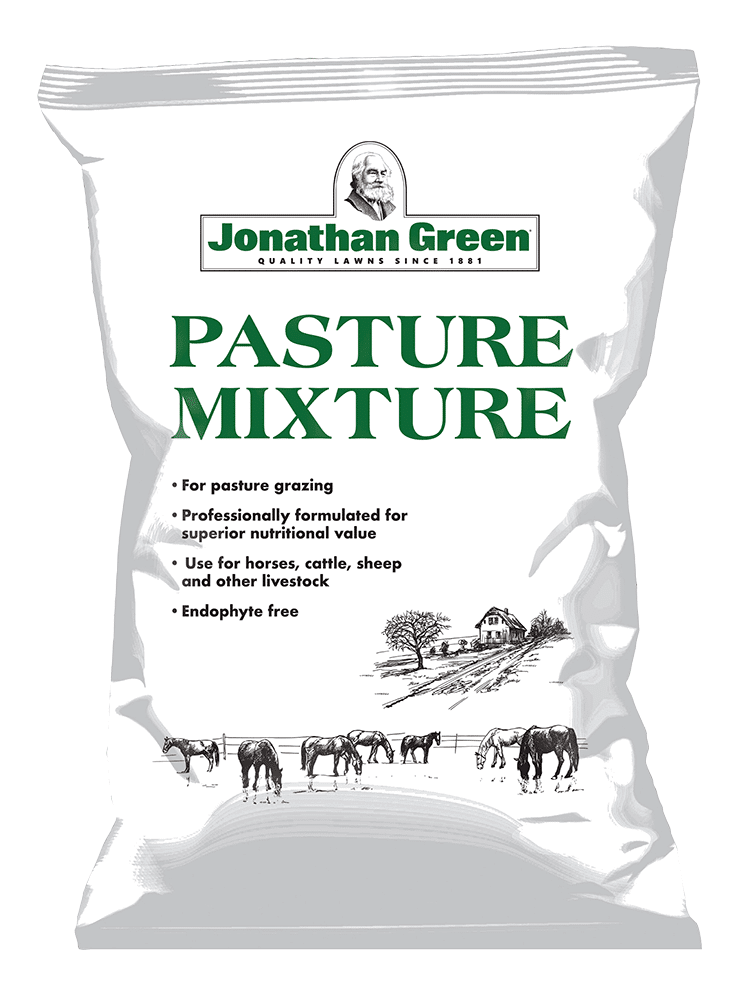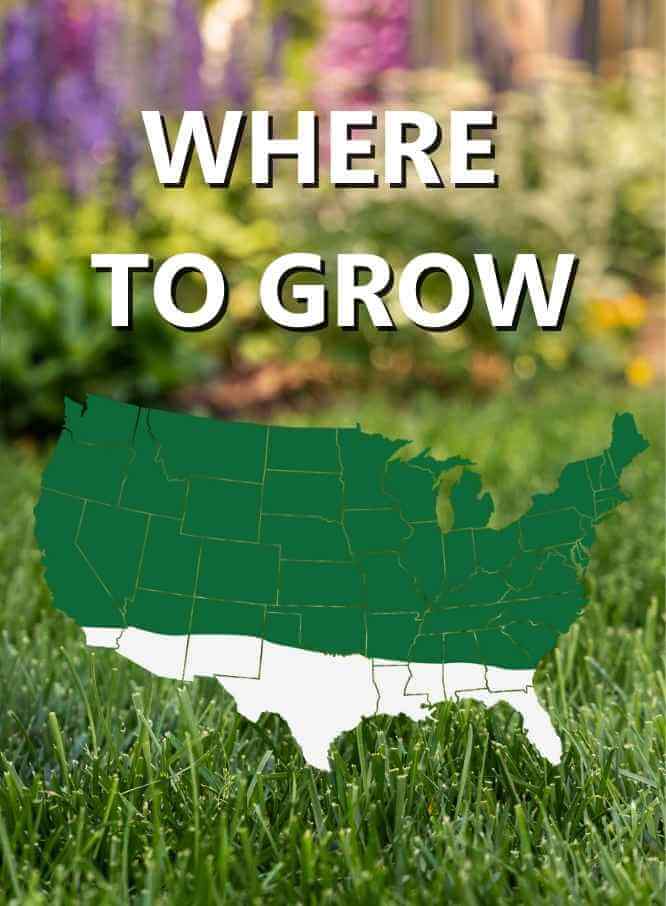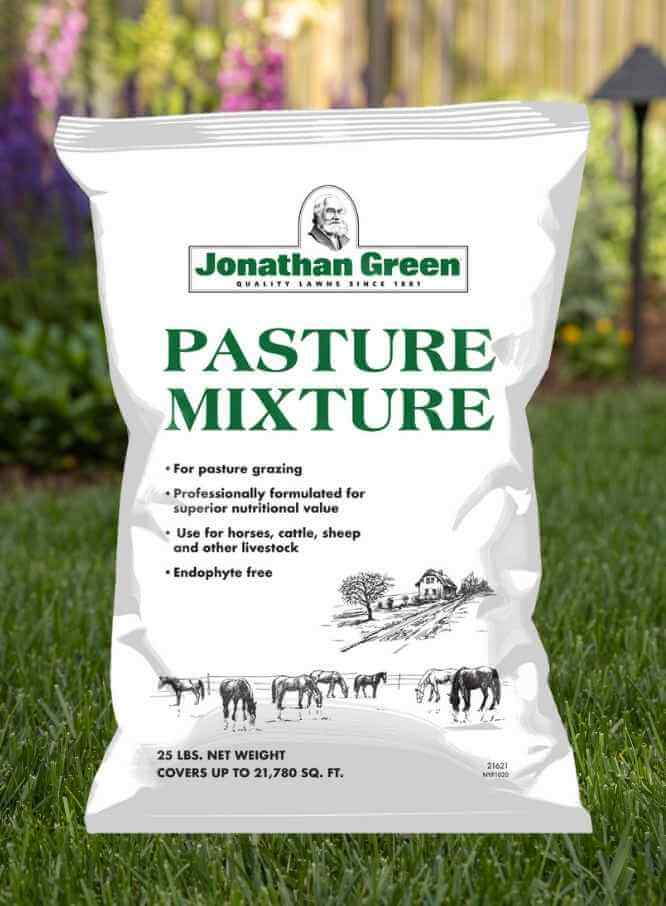Pasture Grass Mixture
$125.99 – $245.99
- Ideal for paddocks and pastures
- Contains elite forage grasses
- Easily digested by horses and other grazing animals
- 100% endophyte free
- Germinates in 10 – 21 days
Product Overview
Coverage Guide
Coverage:
Shipping & Returns
Shipping
- Free ground shipping now available on orders of $75 or more! For smaller orders, shipping costs are calculated at checkout.
- We ship orders the same day if placed by 2PM EST (later orders will be shipped the next day).
- Orders are not shipped or delivered on weekends or holidays.
- We offer ground and expedited shipping.
Returns
- We offer 30-day free returns for replacement or full refund for items that are damaged or defective (shipping included). If damaged by the carrier, please file a claim with them.
- If your items have been used or aren’t in the original packaging, we will give you a refund (minus the cost of shipping) based on the condition of the product.
View our complete shipping and return policy. If you have questions about your order, please contact our customer service team at orders@jonathangreen.com.
Don’t Forget These Essentials
-
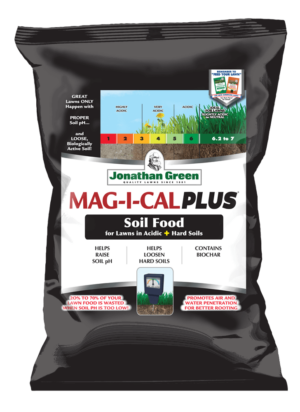 Soil Amendments
Soil AmendmentsMag-I-Cal® Plus for Lawns in Acidic & Hard Soil
From $35.99 Sold out -
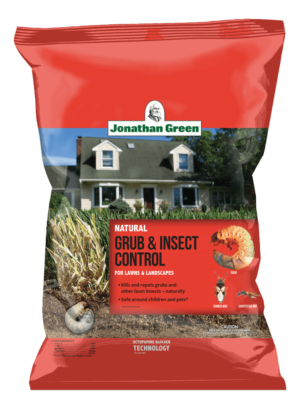 Insect & Fungus Control
Insect & Fungus ControlNatural Grub & Lawn Insect Control
From $49.99 Sold out -
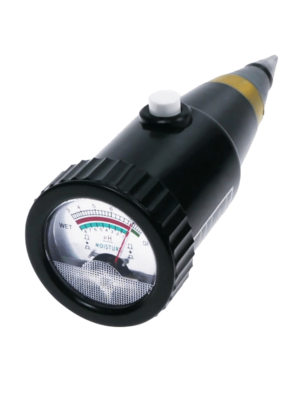 Lawn Care Accessories
Lawn Care AccessoriesPro pH & Moisture Soil Tester
From $74.99$74.99Add to cart -
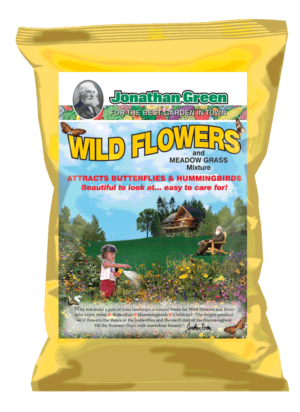 Grass Seed
Grass SeedWildflower and Meadow Grass Mix
From $21.99 Sold out
-
Grass Type(s)
Annual ryegrass, perennial ryegrass, orchardgrass, white clover and Kentucky bluegrass
-
When to Apply
For cool-season lawns, the best time to apply grass seed is in fall (between mid-August to mid-October), or in spring (between mid-March to mid-May). For grass seed to germinate, soil temperatures must be at least 55°F, and air temperatures should not exceed 85°F.
-
Sunlight Requirements
6+ hours of sunlight per day
-
Traffic Tolerance
Pasture Grass Mixture can withstand moderate traffic
-
Germination Rate
10 – 21 days
-
Use With Other Products
We do not recommend applying other Jonathan Green grass seed, fertilizer or control products in pastures where animals graze.
-
Watering Tips
For best germination, water daily to keep the seedbed moist. Continue watering for a few weeks until the pasture grasses reach a height of 3 inches tall.
-
Mowing Tips
- Begin mowing when the new pasture grass is 3 inches tall. Make sure the mower has sharp blades.
- The benefits of mowing pastures include: better weed management, enhanced forage quality and reduction of grazing patterns.
-
Shelf Life
Our recommendations for storing your grass seed:
Place it in a cool dry place, off of the ground, out of direct sunlight, and keep it away from moisture. Under these conditions, grass seed will last at least two years.
-
Product Label
Always read and follow the product label before use.
Safety Data Sheets can be found at www.jonathangreen.com/safety-data-sheets-sds. If you have a specific question, do not hesitate to contact us.
-
Can I use your products around my livestock and horses?
Many of our grass seed products are made up of tall fescue and perennial ryegrass which contain a beneficial fungus called endophytes.
Endophytes are toxic to grazing animals who eat in pastures as their main food source. The toxin(s) affects cattle, sheep, and horses during the summer when they are grazing or being fed tall fescue forage or seed containing the endophytic fungus.*
However our Pasture Grass Mixture is perfectly fine for your livestock and horses to eat!
*Domestic animals(pets) that may eat some grass while outside in the yard do not eat enough of it to become ill.
How Endophytes Work
While living off its grass plant host, endophytes produce defensive chemicals – alkaloids – that are toxic to enemy insects. One effect of these toxic alkaloids is that the plants taste bad. This causes insects to spend more time moving and less time feeding, thus making the insects more vulnerable to predators and pathogens. Newly hatched larvae and nymph’s also are more prone to starve in endophytic lawns. Additionally, endophyte-infected plants produce lower amounts of aromatic compounds that are known to attract insect pests. In other words, in addition to tasting bad to the bad bugs, endophytes may actually “hide” their host from certain insect enemies.
The Benefits of Endophytes
- Effective against above ground pests, as well as below ground insects and plant-parasitic nematodes.
- Increases summer performance and tolerance to drought and heat.
- Helps plants better compete against common weeds and dicots (including crabgrass, dandelions, plantain, and clover).
- Enhances disease resistance by maintaining plant health.
- Increases the range of environmental adaptation.
- Increases seed survival, germination and establishment.
- Improves performance in poor quality acidic soils and soils with low phosphorus content.
- All natural and does not diminish over time; reduces the need for frequent pesticide treatments.
- Helps deter annual bluegrass weevils, armyworms, bluegrass billbugs, chinch bugs, hairy chinch bugs (these must be the chinch bugs ugly cousins!), black and bronzed cutworms, greenbug aphids, bluegrass and larger sod webworms, Japanese beetles, and southern masked chafers.
Features You’ll Love
Ideal for Paddocks and Pastures
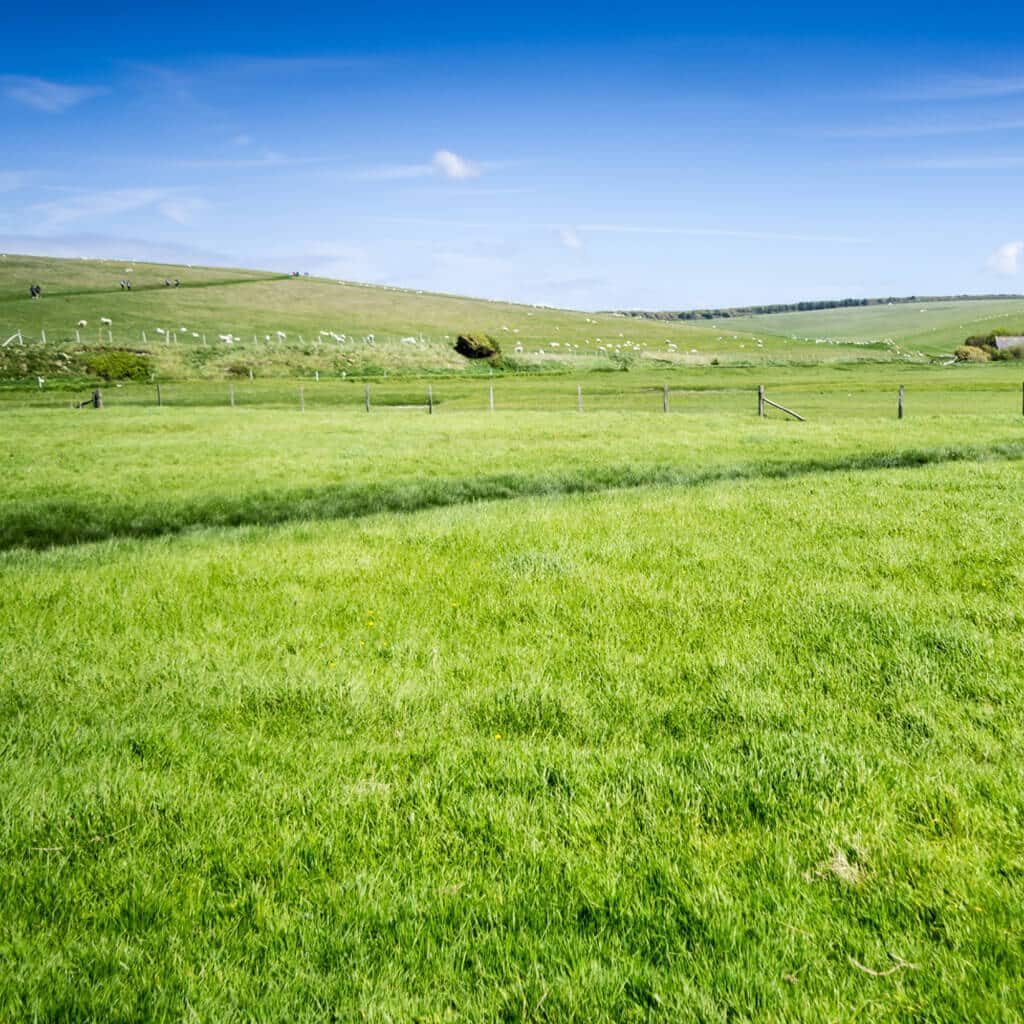
Safe for Livestock
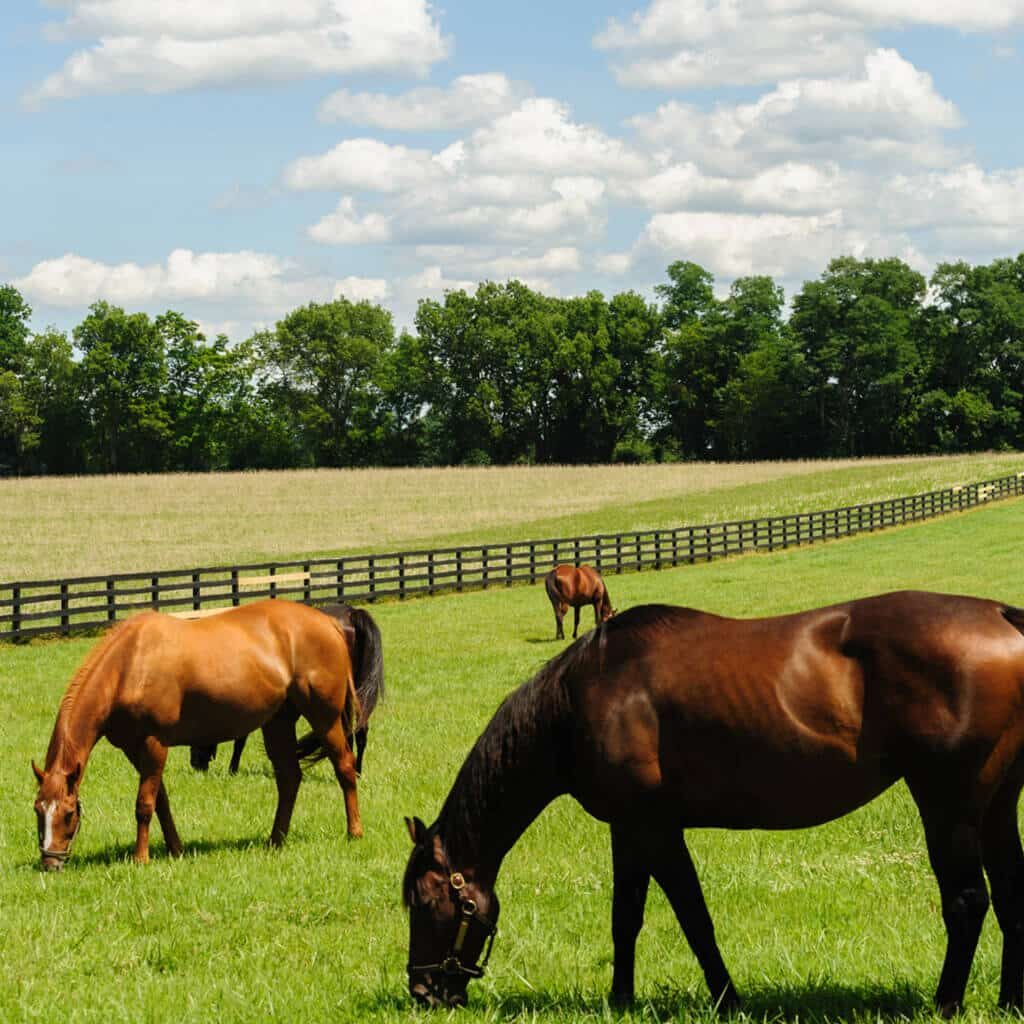
How to Seed
Prepare
Mow
Mow or bush hog the pasture at the lowest mower setting before seeding to allow the seed to reach the soil.
Amend
Test your soil pH to check that it is in a healthy range for grass plants to grow. Optimal pH for cool-season lawns is 6.2 to 7.0. For soils with a pH below 6.2, use Jonathan Green Mag-I-Cal® Plus for Lawns in Acidic & Hard Soil to rapidly raise soil pH. For a pH above 7.0, use Mag-I-Cal® Plus for Lawns in Alkaline & Hard Soil to lower soil pH.
Apply
Set
Use a large rotary tow-behind spreader, one designed for large acreage and uneven terrain.
Spread
Carefully read and follow all instructions on the product labels prior to application. Before spreading, calculate the amount of seed needed for the square footage of the pasture.
For new pastures:
Start by filling the spreader with half of the grass seed. Apply the seed around the perimeter of the pasture to establish a turning area. Make straight passes back and forth across the length of the pasture in one direction (north to south) and then the remaining seed in a perpendicular direction (east to west) within the outlined area. Overlap slightly between passes and close the hopper when turning. Walk at a steady pace for even distribution. This crisscross pattern ensures even coverage and helps prevent bare spots.
For overseeding:
Begin by spreading the seed along the perimeter of the pasture. Make straight passes back and forth across the length of the pasture in a mowing pattern until the entire area is covered. Overlap slightly between passes and close the hopper when turning. Walk at a steady pace for even distribution.
Rake
After seeding, rake the seed lightly into the ground with a metal rake or for large pastures, a Rock or York rake to incorporate the grass seed into the top quarter-inch of soil. This will improve seed-to-soil contact and promote germination.
Water
Immediately after seeding, thoroughly water the area but not to the point of run-off or puddles.
Maintain
Water
Keep the soil consistently moist by watering lightly several times a day, or as needed, to prevent drying out. Avoid excessive watering that may cause pooling or runoff. Continue watering daily for a few weeks until the grass plants reach a height of 3 inches. As the grass seed germinates, gradually reduce the frequency of watering while increasing the amount applied to encourage deeper root growth.
Mow
Begin mowing when the new pasture grass is 3 inches tall. Make sure the mower has sharp blades. The benefits of mowing pastures include: better weed management, enhanced forage quality and reduction of grazing patterns.
